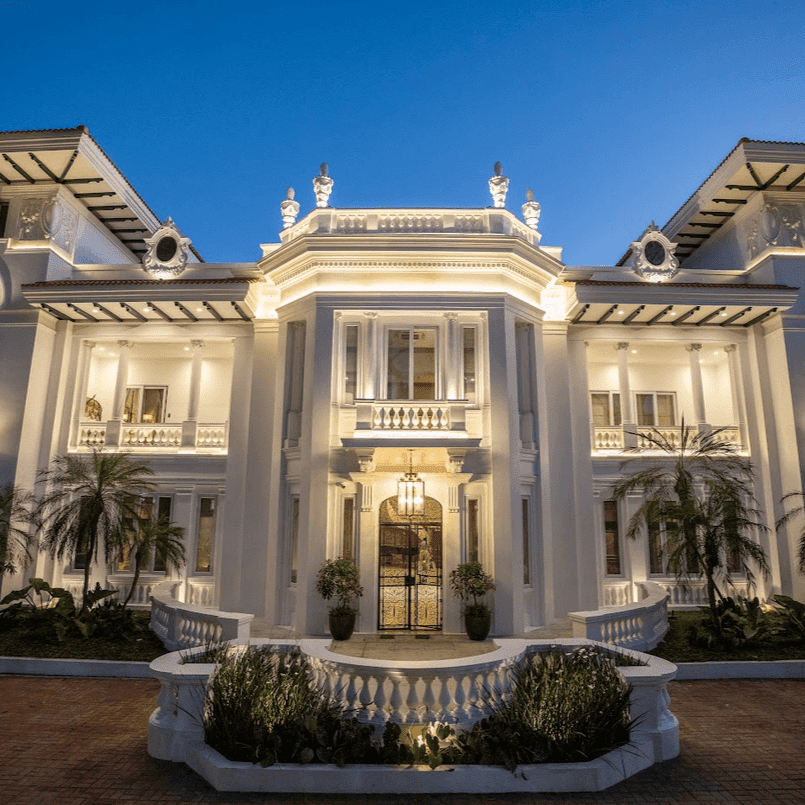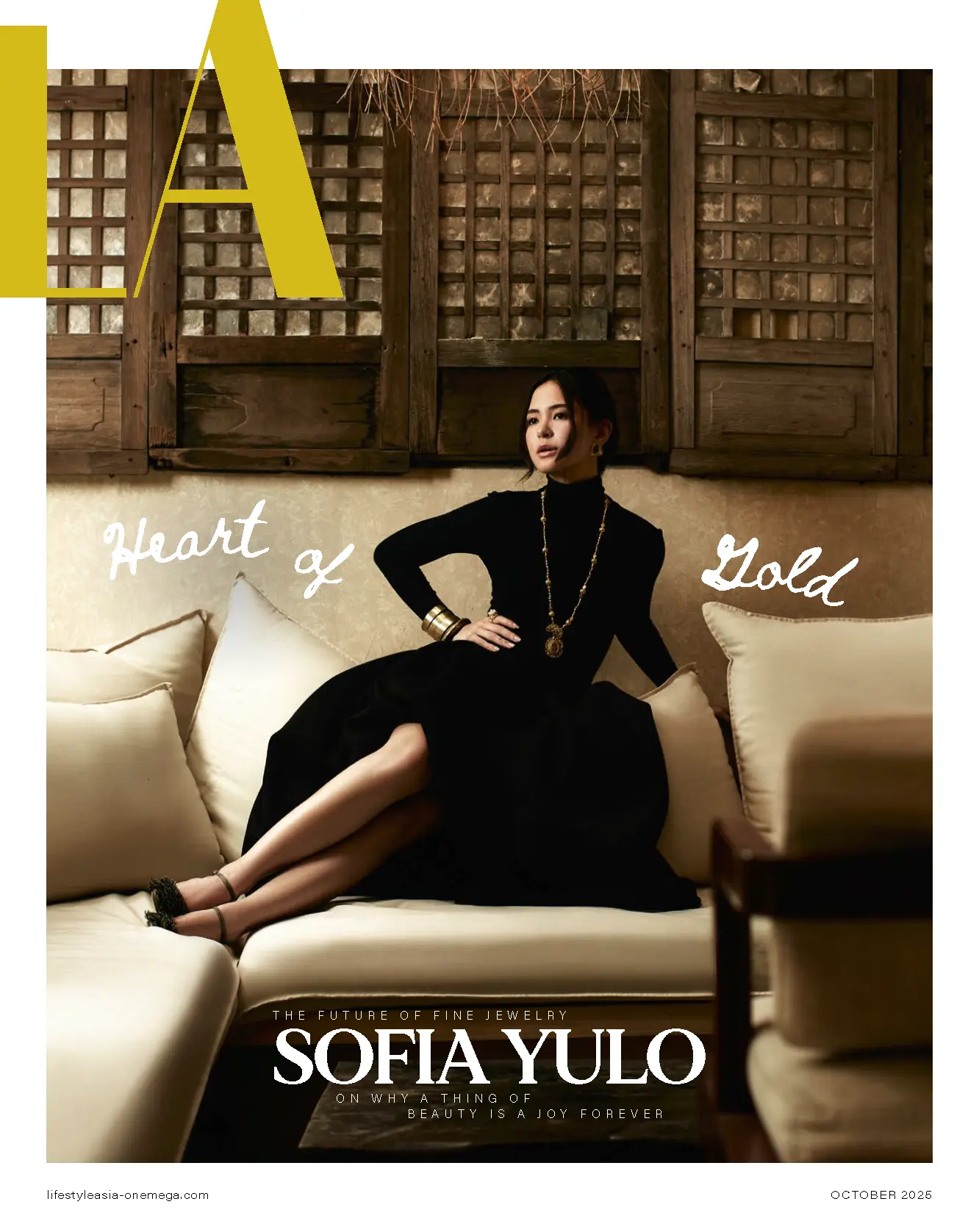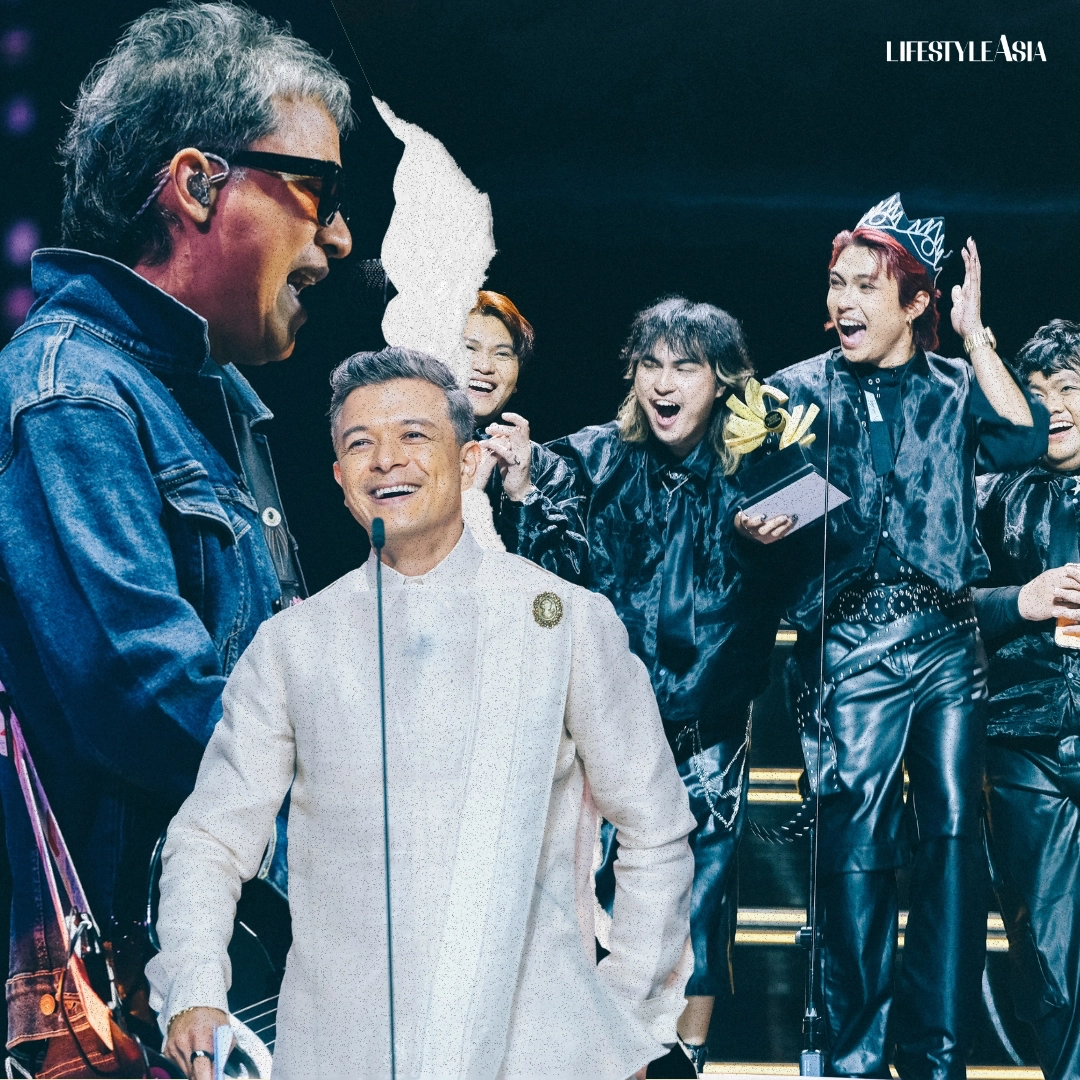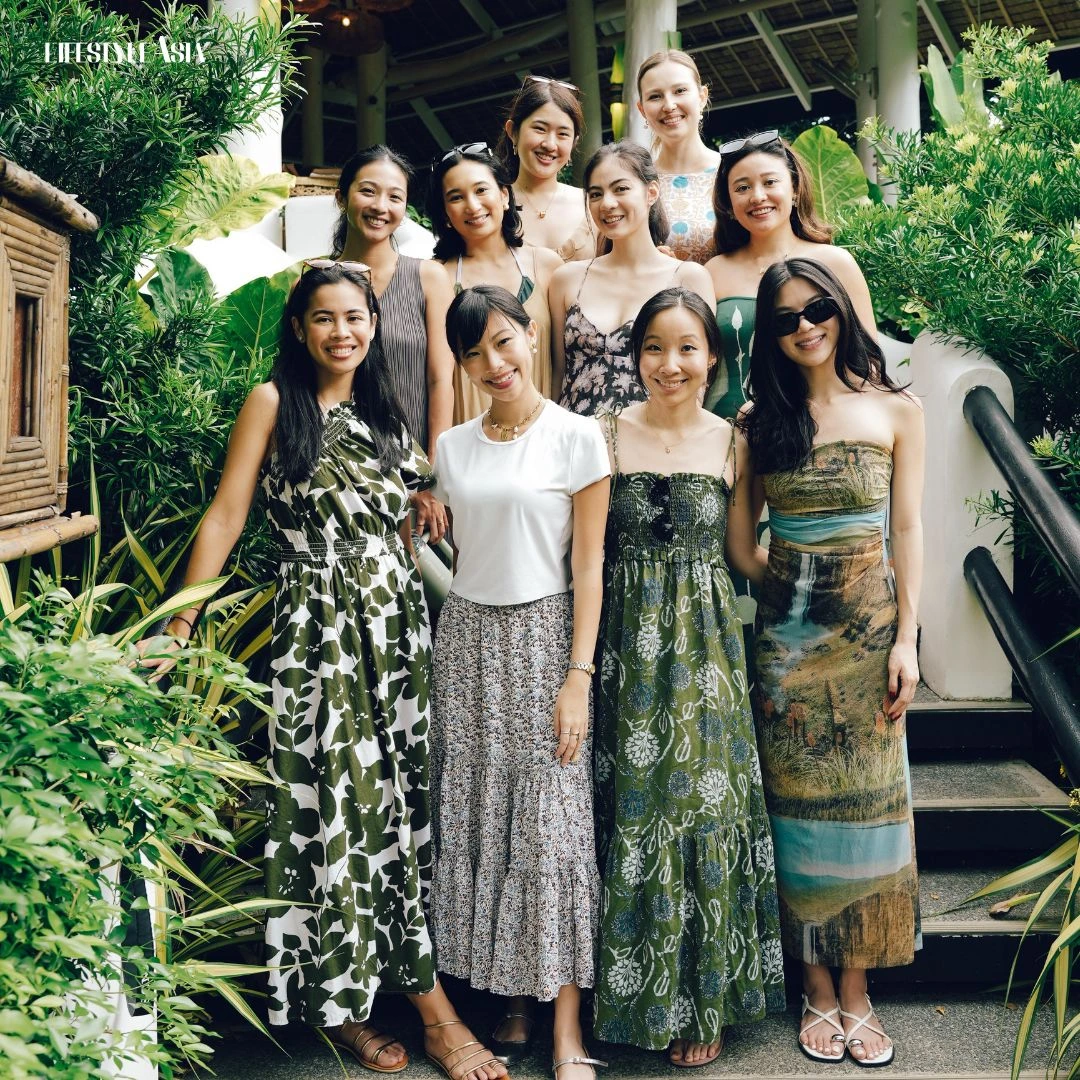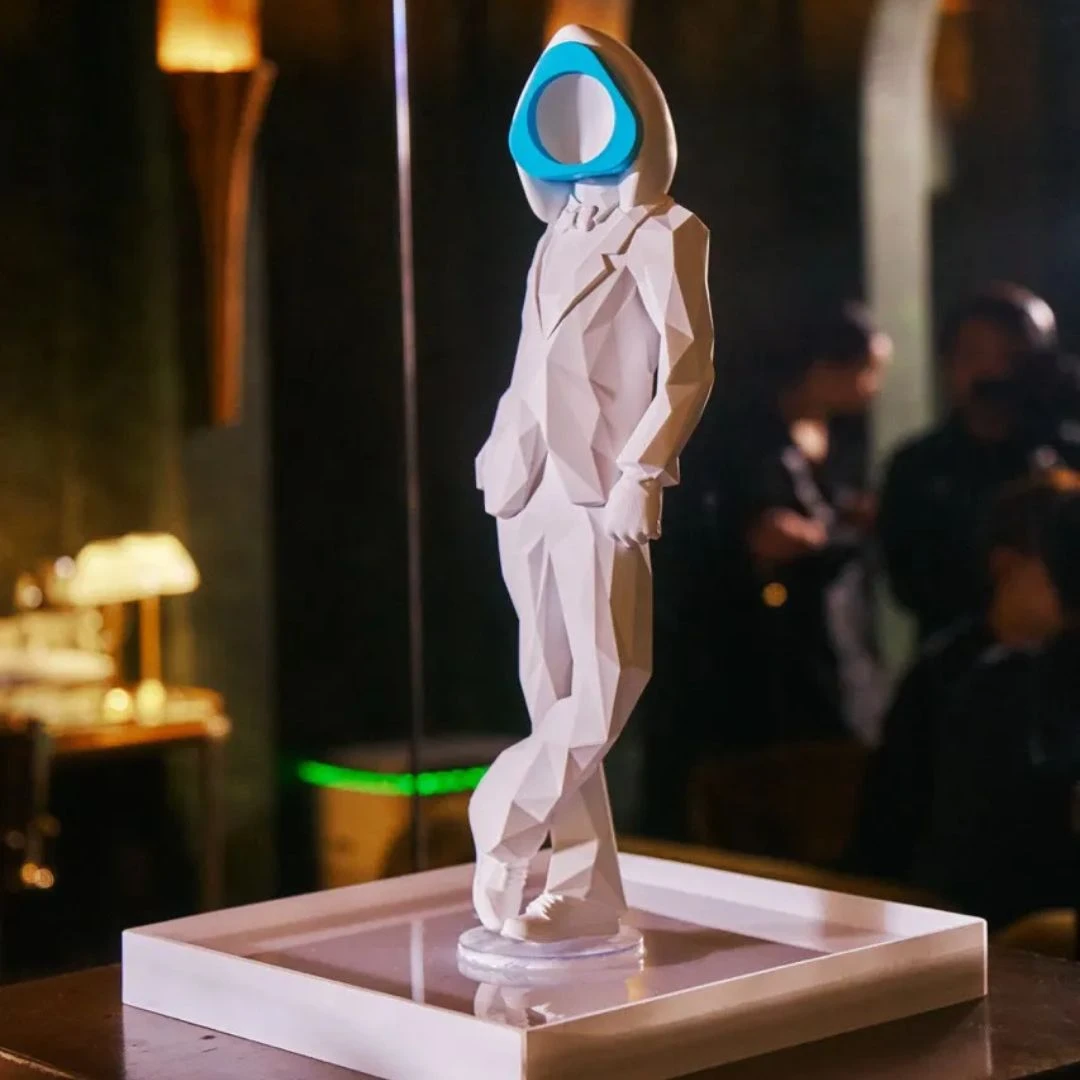Ambassadors went on a guided tour to the newly-restored Laperal Mansion, which will serve as the official Presidential Guest House for both foreign and Philippine officials.
During a recent tour, ambassadors assigned to the Philippines got to explore the nation’s most historic homes, including the new Presidential Guest House. This comes as part of President Ferdinand R. Marcos, Jr.’s commitment to treasuring and preserving the country’s history while strengthening its diplomatic ties. The crown jewel of the tour was the newly-restored Laperal Mansion, which is set to serve as the official Presidential Guest House for foreign heads of state or government. Its establishment is a testament to the president’s intent to not only expand the country’s foreign relations, but also embody the Filipino brand of hospitality that many know and love.



READ ALSO: Fashion, Culture, Heritage Unite: Puey Quiñones’ Celebration Of Filipino Identity
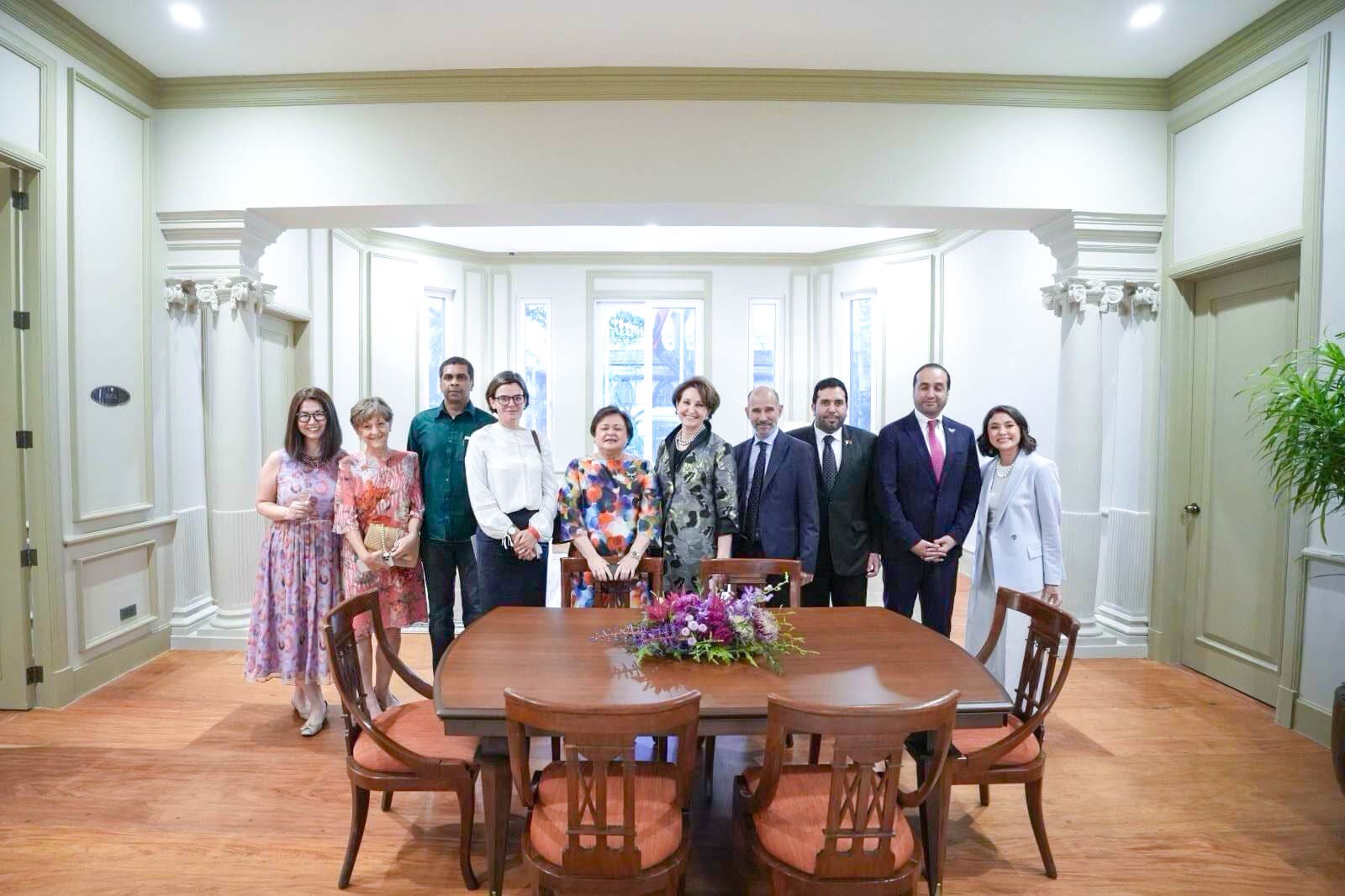


Architectural Elegance
The Laperal Mansion is an elegant, 19th-century abode situated in Arlegui street, which is adjacent to Malacañang Palace. It features both European design sensibilities and the country’s more tropical touches, serving as a representation of the Philippine’s multicultural influences. In it are fourteen meticulously-designed bedrooms and two sun rooms with names that pay homage to past presidents.

The mansion also contains state rooms whose names are a tribute to three cornerstone figures of Philippine history: [Ferdinand] Magellan, [Douglas] MacArthur, and [Jose] Rizal. Its interiors are the work of some of the country’s very best artisans and designers, highlighting the nation’s rich cultural heritage and abundance of extraordinary talents.
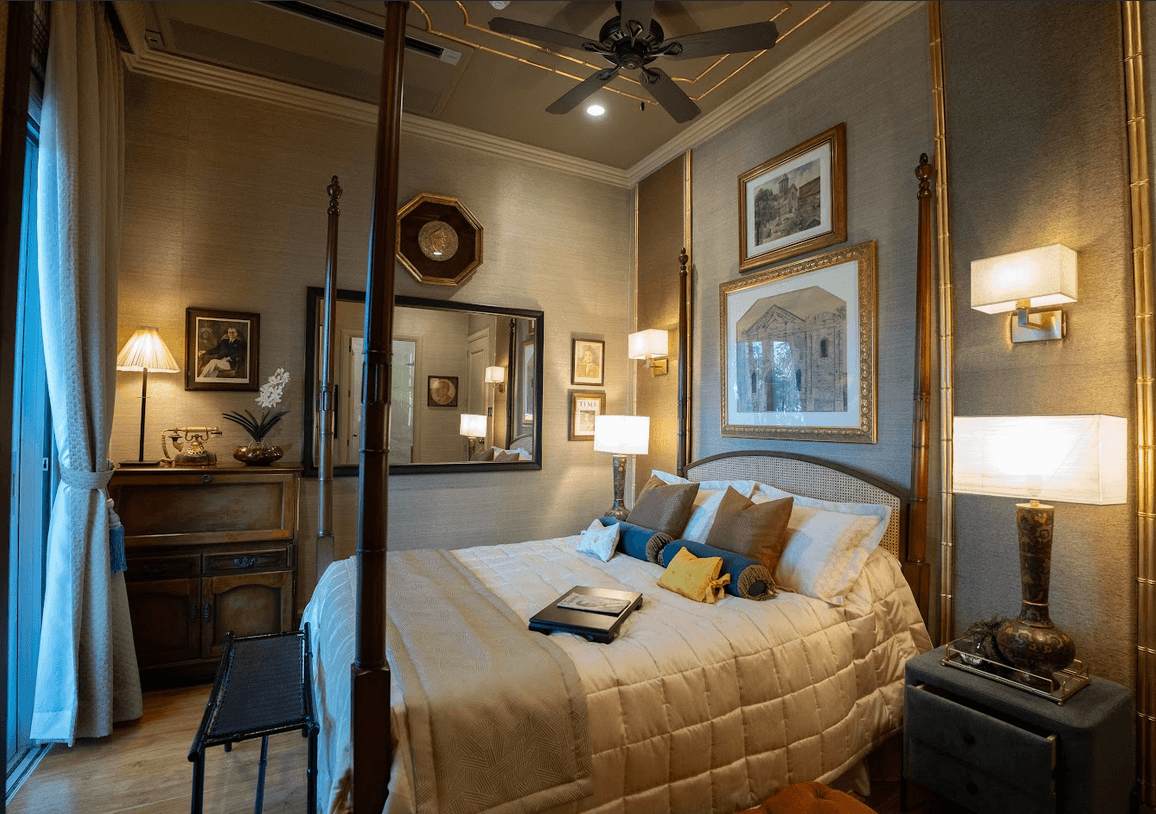





History of the Laperal Mansion
Doña Sabina Sioco y Rodriguez Viuda de Escaler was the original owner of the grand home and its surrounding property, which she acquired in the 1910s to 1920s. By 1929, she passed its ownership to her son-in-law, Rafael Fernandez y Santos. In the very same year, the mansion received an award for most beautiful house, before Fernandez y Santos mortgaged the property to Roberto Laperal and his wife Victorina Guison de Laperal.
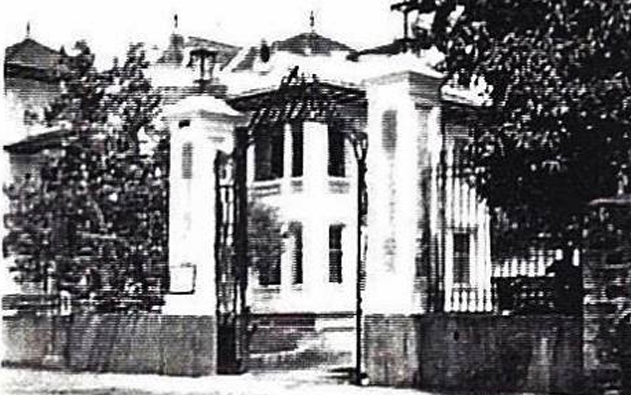

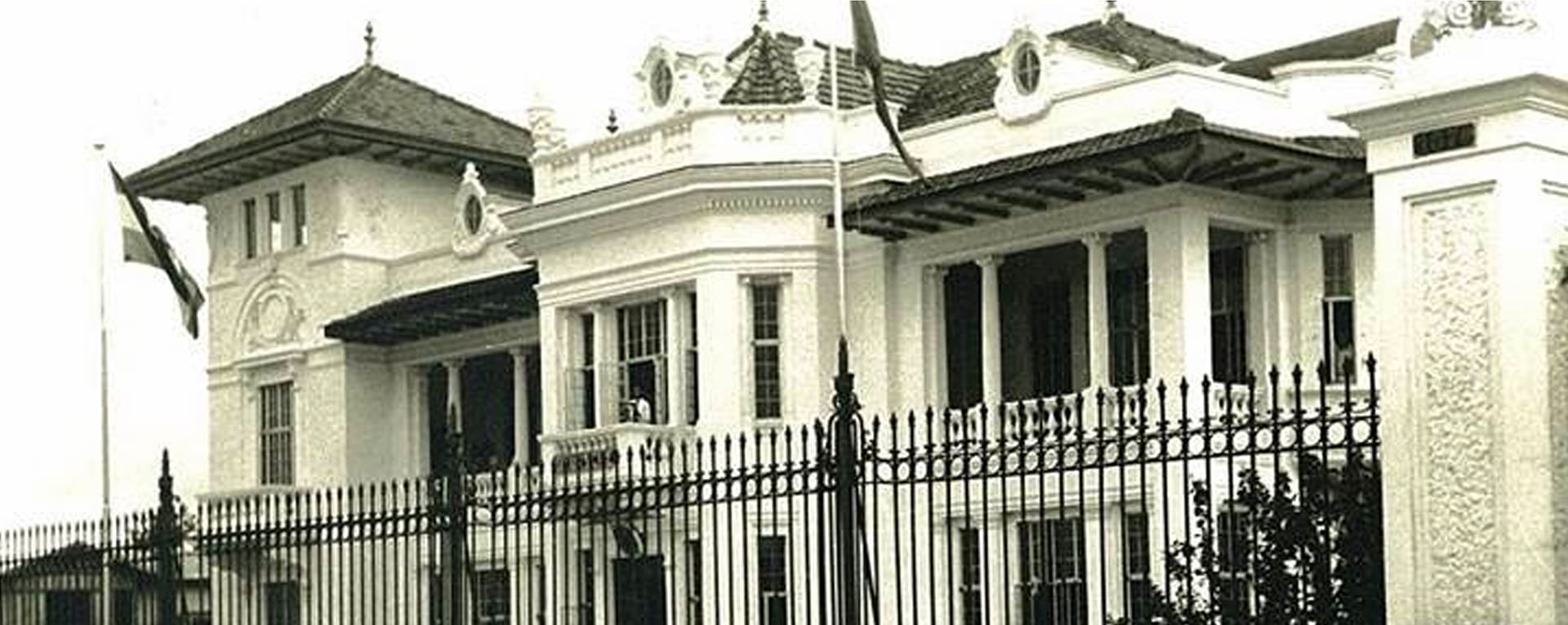
Throughout the years, the home has always been a significant place for both diplomatic and cultural affairs. In January 1945, it served as the Consulate of the United States. After Philippine independence on July 4, 1946, the home then acted as the new headquarters of the Department of Foreign Affairs. Then in 1955, the National Library made a home in the mansion. In 1961, the abode became the site of operations for the Program Implementation Agency of the Office of the President (a precursor to the Presidential Management Staff).
Finally, it served as the official residence of two Philippine presidents: Corazon C. Aquino (from 1986 to 1992) and Fidel V. Ramos (1992 to 1998). Now, the home continues its legacy as a monumental part of both Philippine history and politics.
More National Treasures
During the tour, diplomats also visited the former Presidential Guest House, the Goldenberg Mansion. Afterwards, a guide led them next door to the Teus Mansion, the 19th-century home that houses the Presidential Museum. It’s here where ambassadors got to walk through an exhibit that charted the evolution of Philippine leadership, including its triumphs and pitfalls. Indeed, the Teus Mansion’s history is as colorful as its facade, a fitting look for the priceless pieces of local history within it.
The tour continued with a stop at Bahay Ugnayan, the abode that holds and showcases the current president’s “Road to Malacañang,” a fascinating insight into his milestones leading up to his return to the palace.
All three of the restored historic homes now serve as museums, and are open to the public, free of charge.
Photos courtesy of the Presidential Communications Office.
